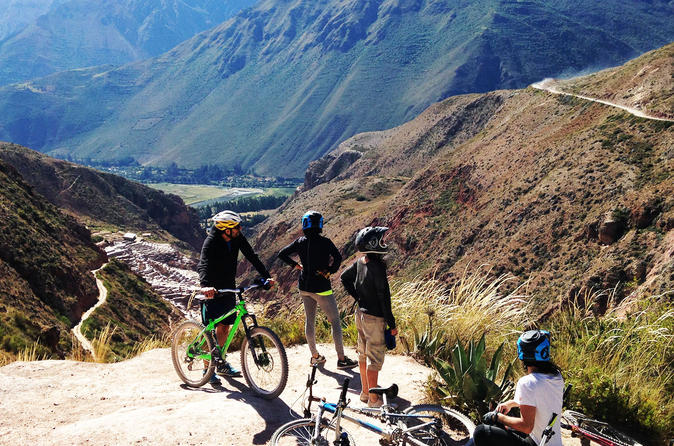Brody and I spent a few days doing nothing in Lima. It was a good send off to the first part of the trip ... however now Christina finally arrived! Her Spanish is as fantastic and magical as mine - we sound like marbles and marshmallows are in our mouths.
Of course we first got lost but then we found our way to the Covent de San Francisco. We randomly found the Plaza San Martin and a Starbucks.
On day one we saw nine different things and sites in one day, which is what Brody and I did in three days. Different types of travellers. First we saw the Inglesia y Convento de San Francisco. The church and convent are part of the Historic Centre of Lima, which was added to the UNESCO World Heritage List in 1991. The church and monastery were blessed in 1673 and completed in 1774. Though it survived several earthquakes intact in 1687 and 1746, it suffered extensive damage in an earthquake in 1970. The church is noted for its architecture , a high example of Spanish Barque. Aside from a church and monastery it also contains a library and catacombs. In this church, Jude the Apostle, is venerated. At the feast of Saint Jude Tadeus a one and a half ton weighing silver stand is carried round in procession by 40 people, starting from the convent. The most exciting thing was the multiple catacombs that exist under the building. Archeologists have sorted the bones by type. Discovered in 1943, they contain thousand of skulls and bones, having served as a burial-place until 1808, when the city cemetery was opened outside Lima. It is estimated that 25,000 bodies were laid to rest there; the crypts, built of bricks and mortar, are very solid and have stood up well to earthquakes, it is also believe there existed secret passageways that connected to the Cathedral and the Tribunal of the Holy Inquisition.
We then watched the changing of the guards at the Palacio Gobernio. It was ornate. They did a ton of high kicks to military like music. We then we walked through the Casa de la literatura peruana, which was the original train station for Lima. It now serves as a museum of literature but it's all in Spanish so I dint retain any of it.
After a quick bite, we walked through the Archbishop's Palace which is located on the Plaza del Armas. Located on the land that Francisco Pizzaro allocated to be the residence of the head priest of Lima after the foundation of the city in 1535, the current building was opened on December 8, 1924 and is considered a prime example of neo-colonial architectural that developed in Lima during the early twentieth century. The palace was built using only the finest materials shipped in from the old world, like cedar wood and mahogany, tiles from Seville, bronze and marble. In 1924 the Archbishops Palace was completely reconstructed and renovated. Since 2009 the palace is open to the public. It was a good example of how the church people lived like royalty. It contained tons of old paintings depicting Christian scenes.
We then went through the Cathedral de Lima. It is the city’s historic center is the Lima’s most iconic building and home to the best museum of religious art. It is also known for being home to the tomb of Spanish conquistador, Francisco Pizarro. The main church of Peru dates back to 1535, when Francisco Pizarro first laid the foundation for the church which would serve the new Spanish colonists. The temple was inaugurated in 1540 and elevated to the status of cathedral in 1541 when the Lima diocese was formed. The first archbishop of Lima expanded the original temple in 1551, but it did not get a carved-stone façade until 1649. It was consecrated as a basilica in 1625. The 1746 earthquake destroyed the church, requiring a rebuilding effort from scratch which was not completed until 1778. It contains 14 different chapels inside the monetary. The first one immediately after the main entrance, which you do not have to pay the museum admission fee to visit, contains the tomb of Pizzaro. More importantly it also contains tons of catacombs and creepy bones. I'm way more interested in the bones than I am the religious paintings or history.
In true Christina and Brittany travel fashion, the main square was shut down by special forces and everyone was evacuated from the main square due to violent tiles. All is good though. We got out in time.
Our evening was spent visiting the Larco Musuem. It's a privately owned museum with some cool pre-Columbian artifacts. The only thing interesting to report is the size of the nose rings and the massive amount of penis and erotic pots. It contras a fantastic exhibit of pornographic art. Also it allows people to visit the storage of all the items not on display.
For dinner we headed to Largomar - a mall built into the sea wall. We ate at Mangos which was delicious as a final meal before we start our tour tomorrow. I'm sure we will do more before we pick up the tour tomorrow night.
AFN





